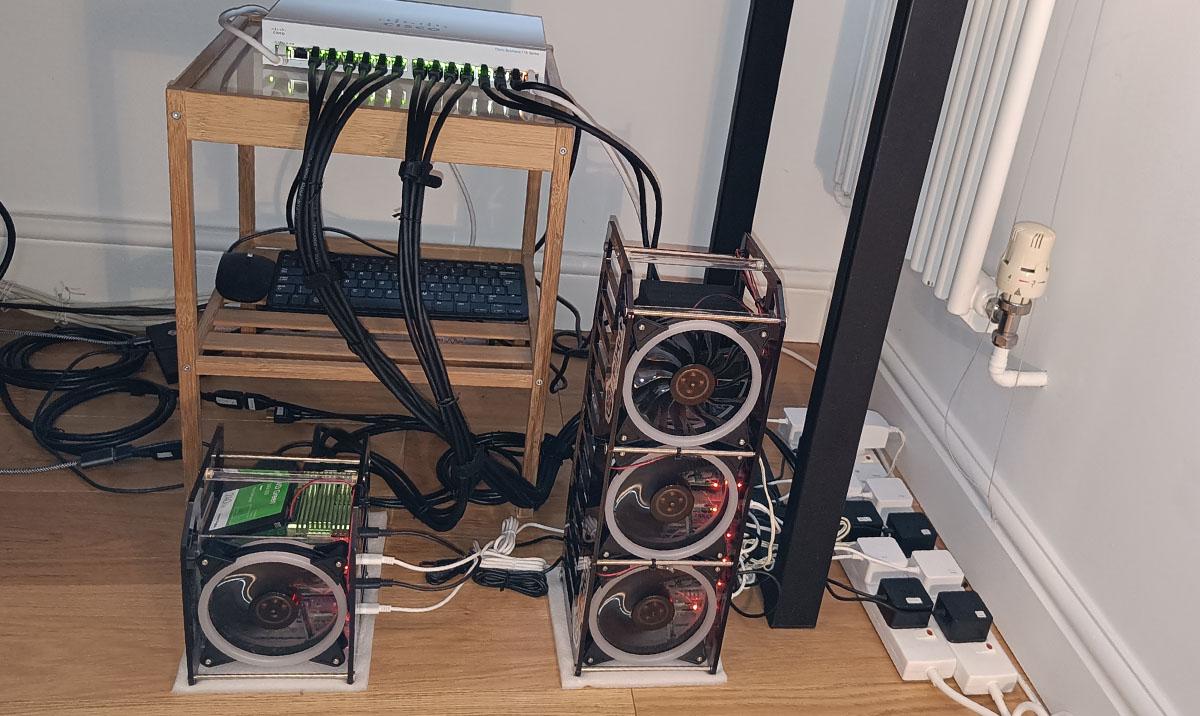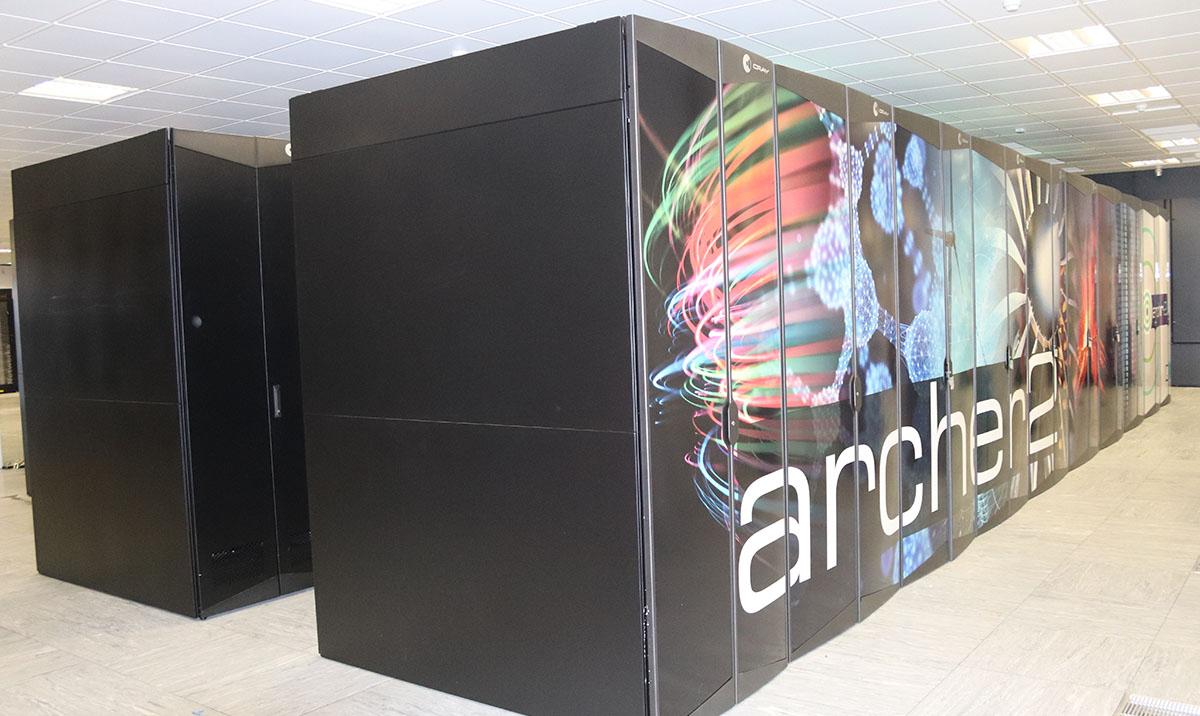EPCC's online MSc in HPC as a gateway to large solutions for large problems
5 December 2024
Dr Adam J Sadowski, Senior Lecturer at Imperial College London, explains how our online MSc enabled him to enhance offshore wind structure design by using geometric digital twins and computational structural engineering.
I started EPCC's online MSc in High Performance Computing (HPC) during the first Covid lockdown year, 2020-2021, when I suddenly found myself in the unusual state of having more spare time on my hands and looking for ways to spend it other than on fearing for the wellbeing of loved ones whom I could not physically be with.
I met many people (remotely) on the MSc programme, each with a unique background and unique reasons for doing it. My own reasons were the following:
- As an engineer, I was very conscious that problems that were genuinely worthy of study were becoming larger in complexity and scale, not smaller, and that to solve them will require the aid of what are truly humanity’s largest computing machines.
- The MSc programme is unique worldwide in that it offers training dedicated to the use of precisely this class of tool, with hands-on use of the ARCHER2 supercomputing facility from the first semester and endless opportunities to develop, test and break parallel code. This is not a theoretical computer science programme; it is a practical programme for those who wish to learn how to solve very large scientific problems straight away.
I was lucky to know about one such problem already, and even luckier to have been entrusted with the opportunity of a five-year EPSRC Fellowship to dedicate to it.
In my day job I am a researcher in computational structural engineering at Imperial College, specialising in a class of structure known as a shell structure. These are used in applications such as containment structures storing granular media, gases or liquids, or in support structures such as the metal towers and monopiles which support wind turbines at heights that now exceed 120m, weights that reach thousands of tonnes, and are increasingly deployed as part of the UK’s renewable offshore energy developments.
Design procedures must be developed somehow for these increasingly massive structures which requires some way of determining how strong they really are, but as they have long since left the controlled, comfortable confines of structural testing laboratories, this crucial information must be obtained in alternative, and more bold, ways.
One such way is to create high-fidelity models or ‘digital twins’ of them, and subject them to ‘virtual testing’ through equally high-fidelity simulations. This in turn requires the development of scientific software actually capable of such a thing, and capable of being executed on hardware that can do them justice, without hindrance in the form of commercial licensing. EPCC's MSc in HPC offered me the unique opportunity to learn how to do precisely this.
Further information
Article: Transforming Wind Energy Infrastructure with Digital Twinning
Education and Training at EPCC
Author
Dr Adam J. Sadowski, Senior Lecturer and recently-appointed EPSRC Fellow in Computational Structural Engineering, Imperial College London.
Images: SweetiePi cluster (immediately below), a cluster of 10 Raspberry Pi 4B 8 GB compute nodes and a Pi 3B+ master node with an unmanaged gigabit ethernet switch. ARCHER2 (bottom), a UK national supercomputing service. Two very different ends of the spectrum yet governed by the same principles of parallel computing and running surprisingly similar software stacks (slurm, GNU compilers, MPI).


